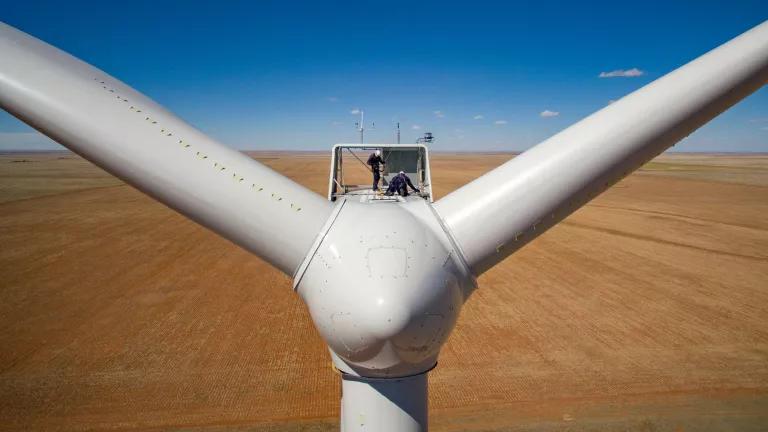
By getting more aggressive about expanding its supply of low-carbon fuels, California will be better positioned to meet its 2030 climate goals and air quality requirements. New research confirms that the state’s carbon market also work far better in tandem with a stronger Low Carbon Fuel Standard (LCFS) than it would alone. The results give further proof that the LCFS, which requires suppliers to phase-in cleaner fuels, is a critical tool in the state’s arsenal to combat dangerous climate change.
The transportation sector is California’s largest source of carbon dioxide emissions by a wide margin, contributing 37 percent—or as much as half, if you include refinery emissions. The state has already started taking action on that pollution by requiring the fuels industry to cut the carbon-intensity of fuels by 10 percent by 2020 under the LCFS. Meeting the goal will also deliver significant additional benefits in terms of reduced smog and cancer-causing soot together with increased energy security, according to research by ICF.
Despite those additional benefits, the oil industry has argued that California should simply drop its complementary, sector-specific programs in favor of cap-and-trade. The latter establishes a statewide limit on carbon pollution and provides an important backstop against even greater amounts of pollution as the state’s economy and population continue to grow. But while arguing over which is more important—a strong offense or a strong defense—can make for great academic debate, winning this war means doing well on all fronts (see my Capital Weekly op-ed). As the just-released ICF analysis shows, the state’s fuel program provides cap-and-trade a critical assist.
The ICF report shows that by setting a 20 percent carbon-intensity requirement for 2030 under a LCFS, California would help ensure the transportation sector does its fair share of emission reductions. By reducing the burden on other sectors, the LCFS will also halve the projected costs under cap-and-trade and induce longer-term investments needed to develop fossil fuels alternatives.
Interestingly, the state would also be diversifying its fuel mix far more than simply having cap-and-trade alone. With our transportation fuel mix still 92% dependent on a single-energy source—namely oil—additional diversification would reduce the state’s vulnerability to refinery outages and global price shocks. As I blogged on previously, in 2015 a single explosion at a refinery in Torrance, CA (then owned by ExxonMobil) sent state gasoline prices skyrocketing—a spike that cost drivers an additional $6 billion over a 14-month period. Under a 20% LCFS target in 2030, the state would need 26 percent less oil compared to the current standards according to the ICF report.
We already know the LCFS is working. In addition to expanding the use of alternative fuels since implementation began in 2011, the standard has helped reduce GHG emissions by 20 million metric ton—the equivalent of avoiding the emissions of 4.2 million passenger vehicles on the road for a year—while also creating nearly $1.1 billion in additional investments in low-carbon fuels.
Together with other complementary policies like California’s clean car standards and the Sustainable Communities Act, which is aimed at expanding more transit-friendly developments, the state’s LCFS will spur action from a sector that has become paramount in the effort to cut greenhouse gases.
Now the ICF report confirms that strengthening the LCFS will be complementary with a cap-and-trade program. Regardless of what happens on the national stage, as the Trump administration attempts to dismantle essential climate policies, California has the chance to expand fuel choices for drivers and set its course for a cleaner future.




